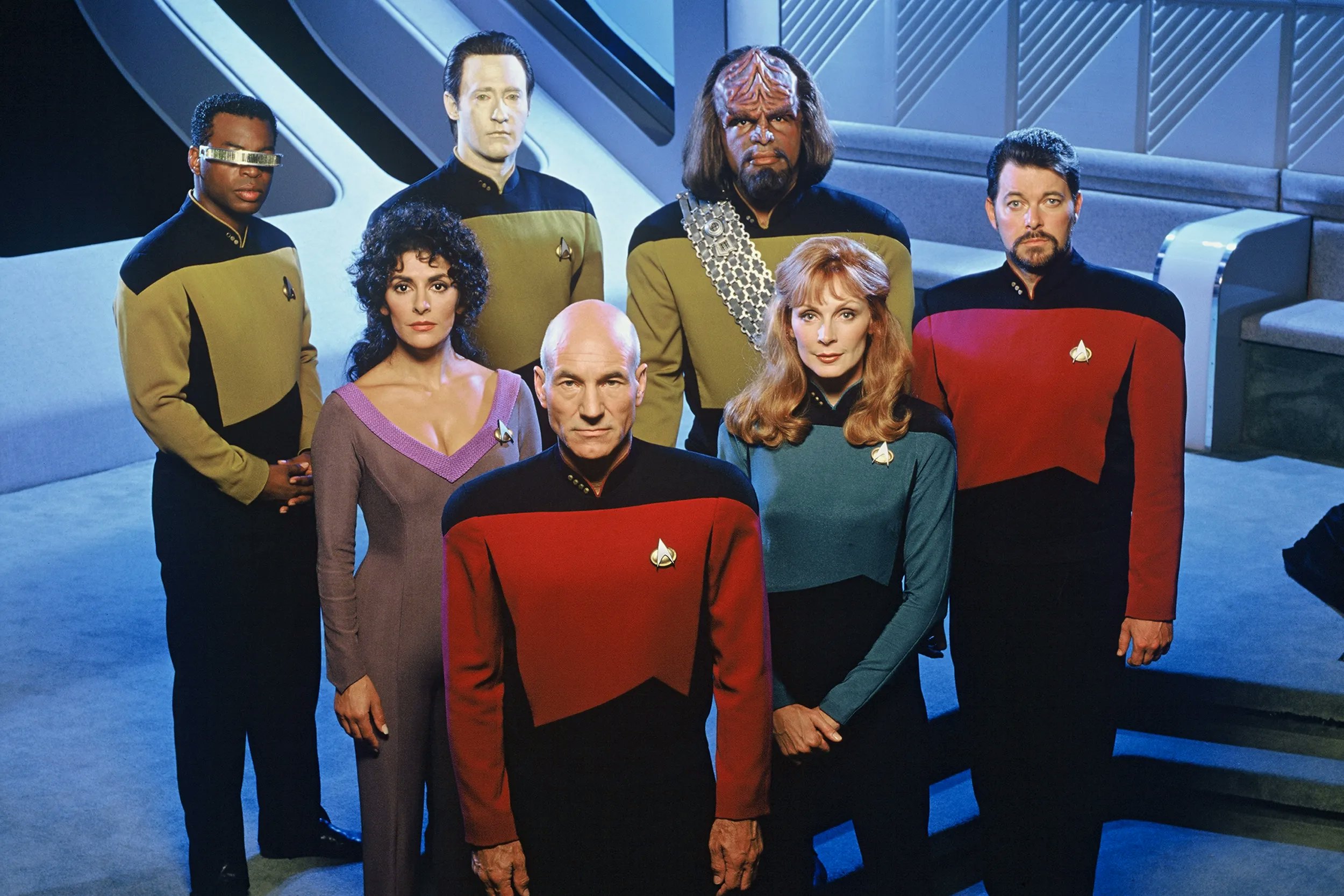
Twilight Zone. 24: Legacy. Prison Break. All kindling tossed onto the ever-growing pile of failed TV reboots. For every successful Cobra Kai or Battlestar Galactica, there seems to be 10 Gossip Girls or Heroes: Reborn (yeah, remember that show? No?) behind them to prove successful reboots are the exception, not the rule. It’s strange, however, because Hollywood had already perfected the formula over three decades ago with the best reboot of all time: a little show called Star Trek: The Next Generation.
But what is it about The Next Generation that helped it not only successfully take the Star Trek baton but surpass its predecessor to become arguably the franchise's most iconic entry?
Also read: The 25 Best Movie Reboots Of All Time, Ranked
At first glance, one might be forgiven for thinking TNG’s success was due to it doing the same Star Trek dance. It worked before, so why wouldn’t it work again? It’s easy to look back at our era where anything within a major sci-fi franchise is almost guaranteed to make some money and forget that a show is far from a sure bet simply because it had the Star Trek name. Yet in 1978, Paramount tried just that with Star Trek: Phase II, an unproduced series that would have picked up exactly where the canceled original series left off, with William Shatner’s Kirk and the rest of the Enterprise crew boldly seeking out a new life. When Leonard Nimoy refused to reprise Spock, he was recast with a full-blooded Vulcan Xon.
Yet, with its ‘60s campy vibe, Phase II already felt dated by 1970s standards. We see echoes of this in Star Trek: The Motion Picture, whose screenplay was adapted from the pilot script of Phase II after Paramount wanted its own Star Wars. While the film has its charm, The Motion Picture was criticized (even by Trekkies) for being slow, boring, and more concerned with big sci-fi ideas than the characters. Phase II proved you couldn’t do the same old motions.
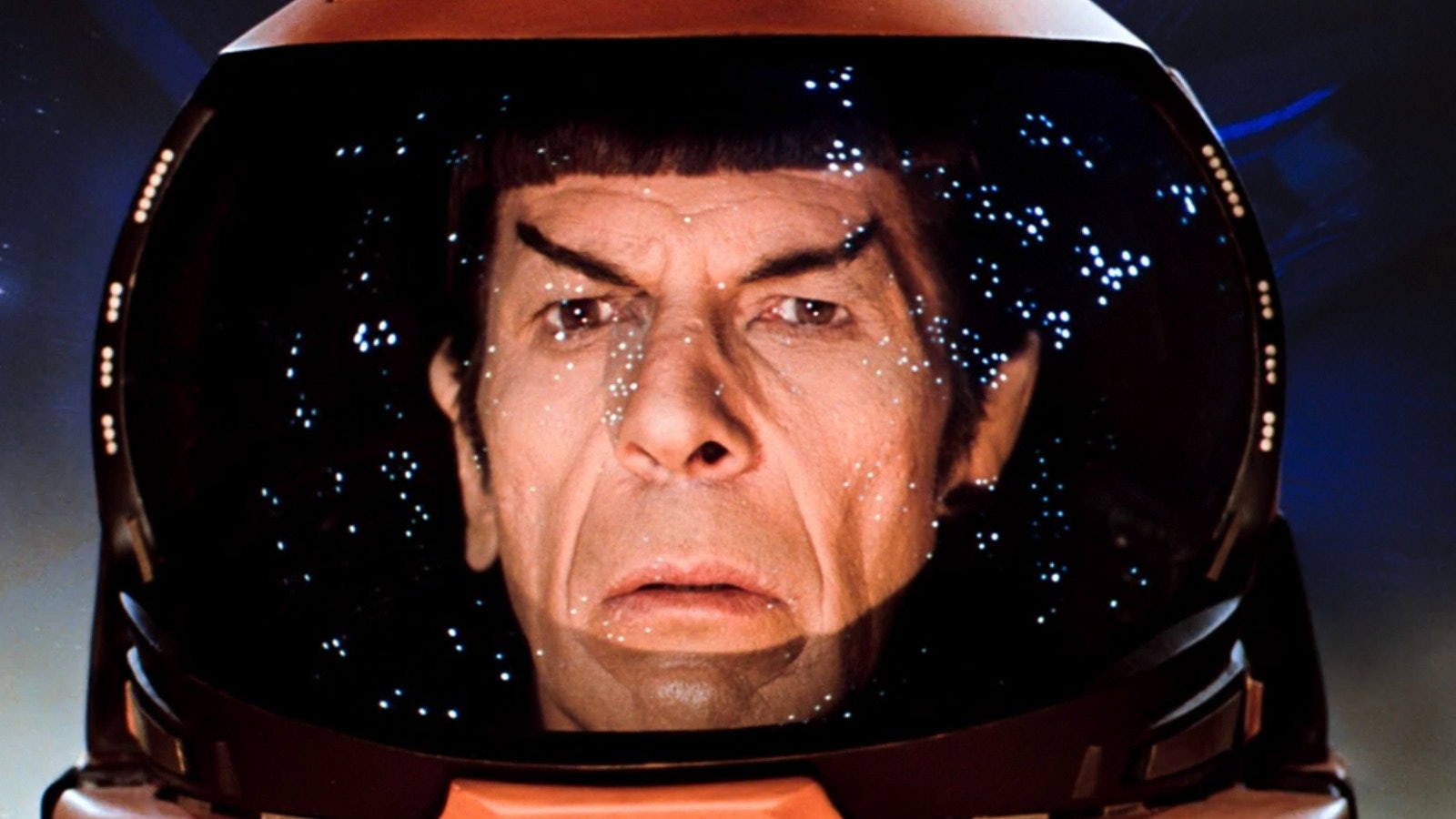
So if simply retelling the same story isn’t enough, maybe a reboot should try something different completely. It should be about the issues of today. Yet, Star Trek itself also proved this to be incorrect.
When it began in 2020, Star Trek: Picard argued that it wouldn’t be like any other Star Trek before it. In the era of prestige television, this would be a serialized Trek story filled with serious character drama, just like Breaking Bad or Mad Men. It sounded great, but the series veered so far from the original that it just didn’t feel like Star Trek. Worse, the show’s early attempts to tackle modern issues like U.S. immigration policy or parental abuse were surface-level at best. (Picard eventually managed to turn things around in Season 3 by copying the TNG model, but more on that later.)
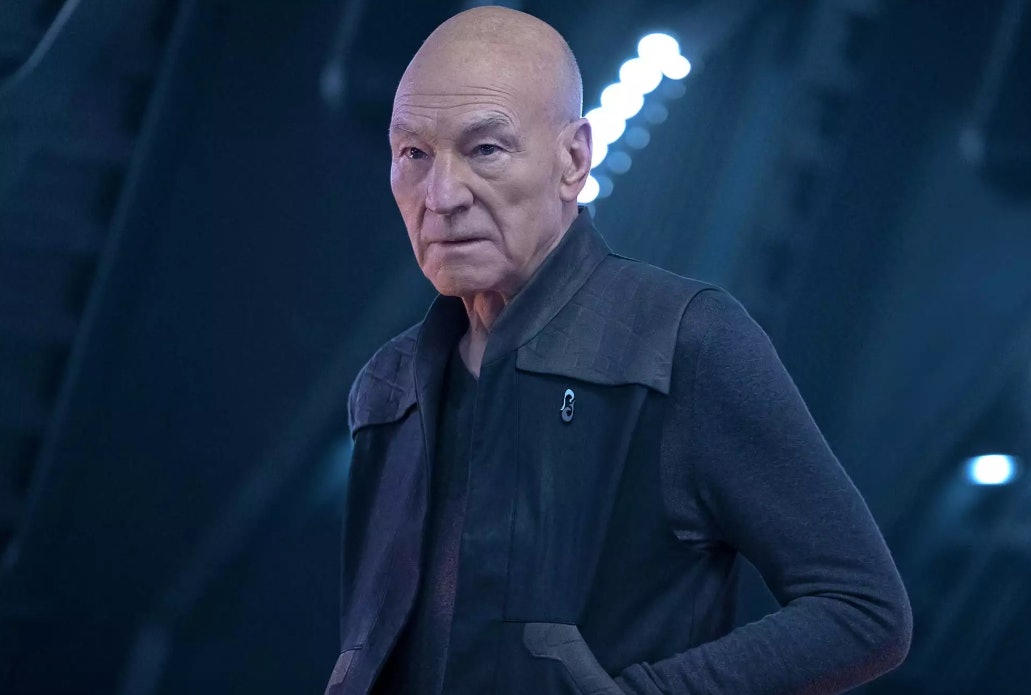
Star Trek: The Next Generation works because it asks two questions about the franchise: What does it always say? And what should it say about today?
The Next Generation took on much of what made the original Star Trek work. It’s got a multicultural crew of pajama-wearing explorers on a light-speed starship named Enterprise stopping at new planets every week. But TNG also shows restraint in drawing too much upon Star Trek of the past. Outside of the universe setting of Starfleet, Klingons, Romulans, and Vulcans, the series doesn’t draw upon Trek lore before it.
Indeed, outside a brief cameo from DeForrest Kelly in the pilot and one singular reference in the show’s second episode to an original series episode for continuity purposes, TNG actively limited references to its older sibling. It wouldn’t be until an episode near the end of the third season that TNG featured Sarek, Spock’s father. And even then, we only got one line vaguely mentioning the franchise’s most iconic character. The cameos and Easter eggs are sparse, with Leonard Nimoy and James Doohan making brief but memorable appearances in later seasons. This restraint is refreshing in an era where every TV show and movie in a franchise practically requires a post-watch Easter egg hunt.
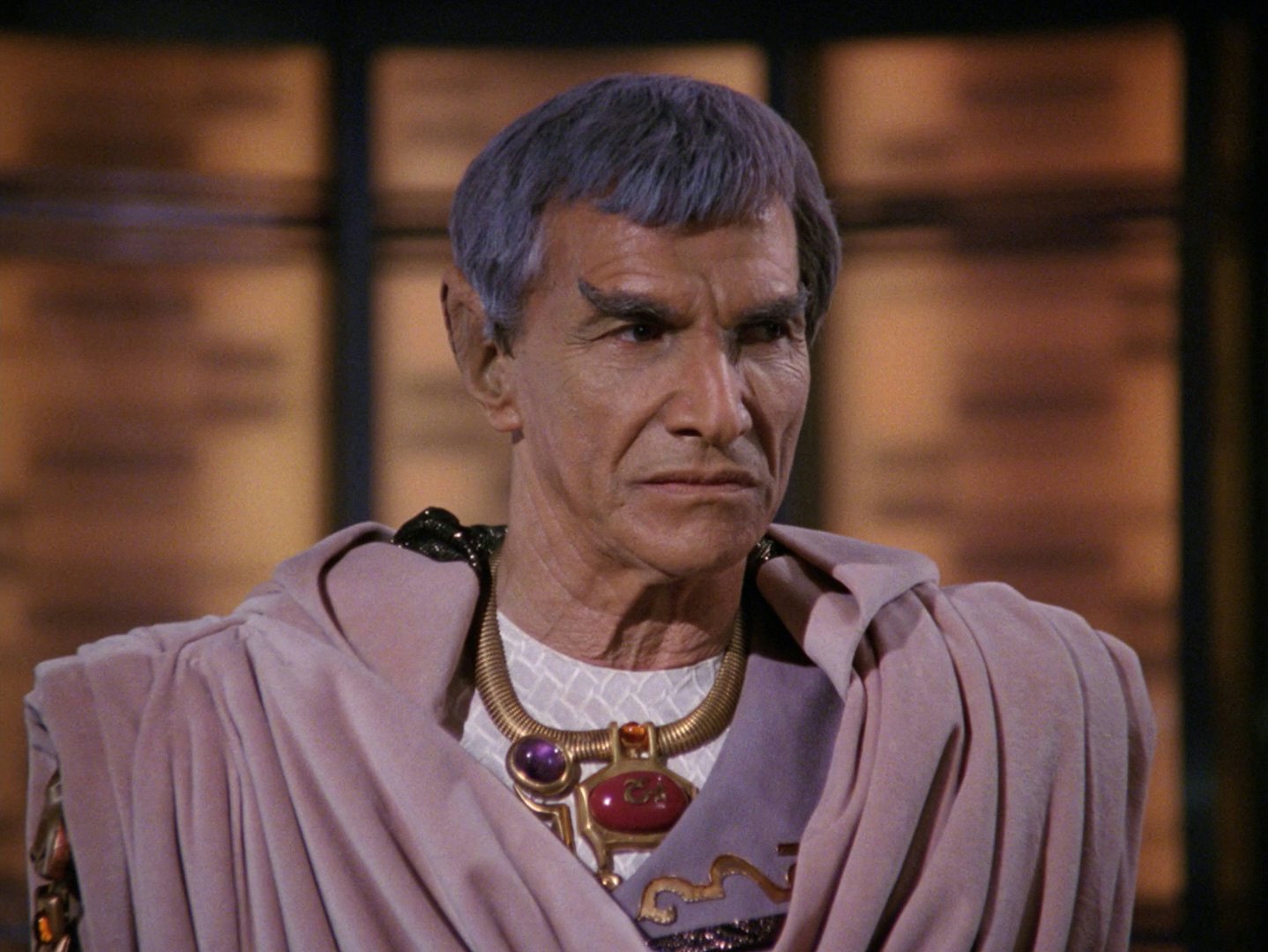
TNG also wasn’t afraid to play with its sandbox in new ways. Instead of reusing the Klingons as Starfleet’s primary antagonists (as they had been), they were now allies. As a result, the complexity of the Klingons deepened, with episodes exploring the culture of the warrior race. This also emboldened TNG to try to find new antagonists. Some initially fell flat, like the Ferengi or the horrifying parasites in the episode “Conspiracy,” while others wildly succeeded, like Q, the Cardassians, and the now-iconic Borg.
This lack of preciousness with its lore guided further Trek spinoffs like Deep Space Nine to further success, as that show was happy to mess with the sandbox of Trek even further. It even tried new spins on initial failures like the Ferengi. Meanwhile, a sense of veneration for what Star Trek had to be led shows like Voyager and Enterprise to become staler in comparison.
Yet, The Next Generation held onto the philosophy at Trek’s core. Star Trek has always used great sci-fi storytelling to ask moral questions relevant to the world in which it was made. Early standout episodes like “The Measure of a Man” debated human rights, and “Q, Who?” explored the rewards and dangers of exploring too fast without preparing oneself. TNG did episodes on gay rights and terrorism, all of which felt extremely relevant to the time it was made while not being shackled to it.
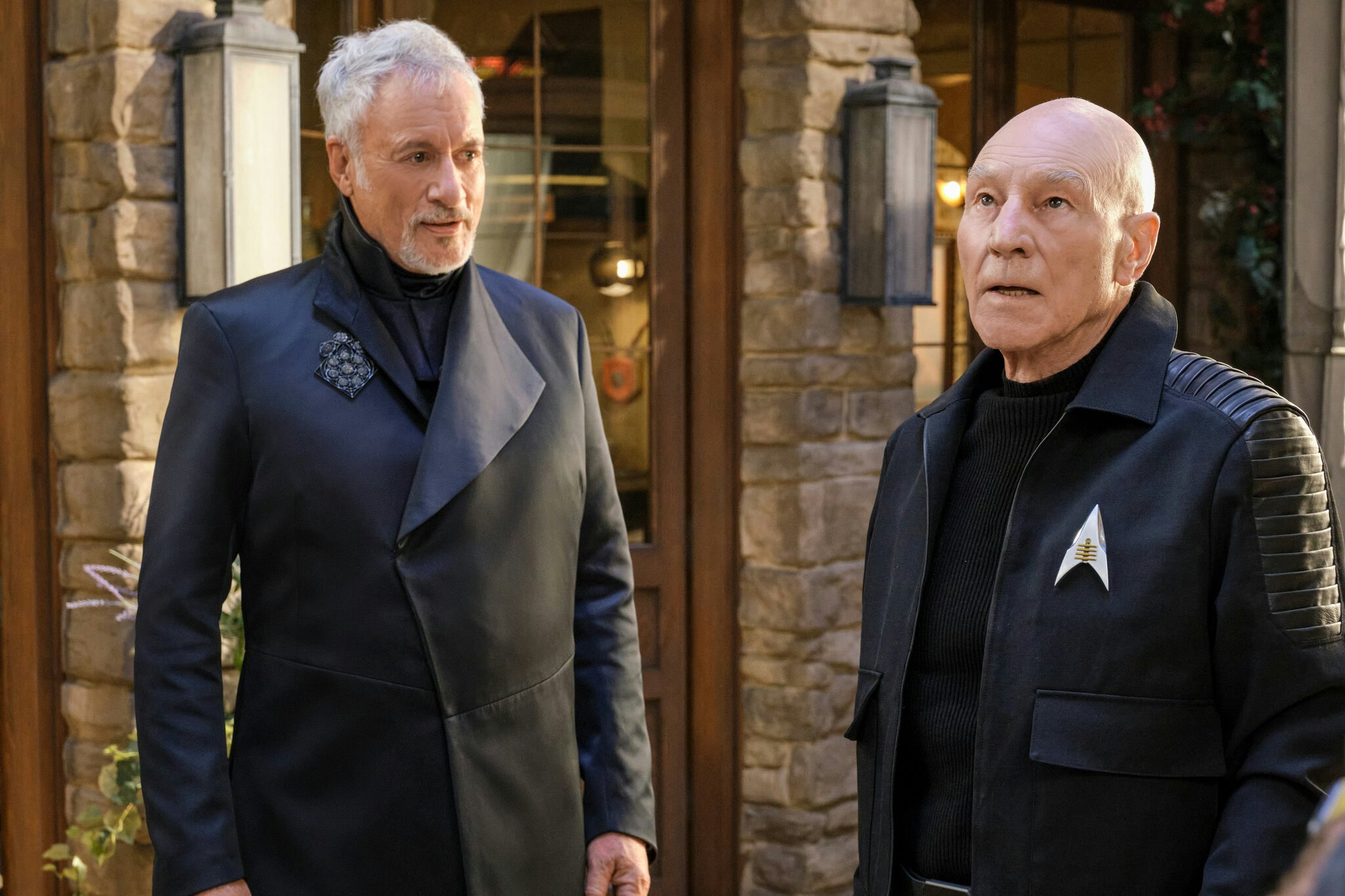
This goes for the characters, too. Like the powerful lead trio of Kirk-Spock-McCoy, TNG features a similar yet slightly shifted trio of an outsider (Data), a swashbuckling yet professional ladies' man (Riker), and a philosophical thoughtful presence (Picard). And as the series went on, other characters like Worf or Troi got to take more center stage, endearing them to the wider world.
This isn’t to say The Next Generation was perfect or without its failures. Early seasons were too tied to Trek creator Gene Roddenberry’s philosophy of a perfect future utopia over good storytelling, which forced characters to avoid conflict at the cost of good television. It also relegated female leads like Crusher and Troi to stereotypical caregiver roles like counselor, doctor, and mother. Not to mention some of its stories feel dated in their politics, like problematic racial depictions in episodes like “Code of Honor,” or the at times regressive queer politics in episodes like “The Host” or “The Outcast.”
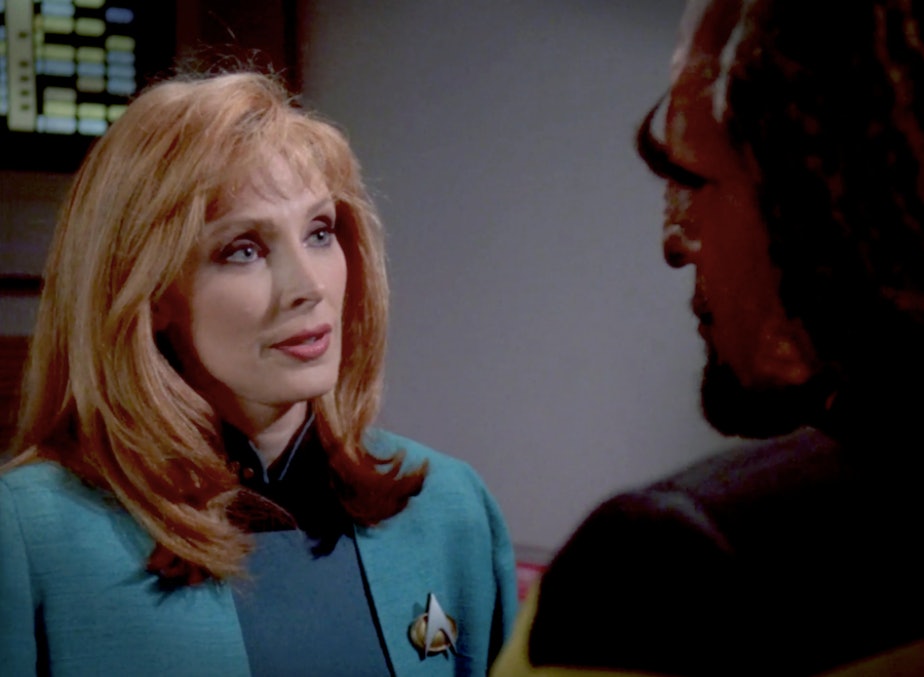
The lessons that Star Trek: The Next Generation taught about how to reboot a franchise still resonate today. Picard Season 3 takes the characters of The Next Generation yet moved them forward in meaningful yet recognizable ways. The show is still serialized but feels more comfortable with Trek’s exploratory roots than in previous seasons. Picard has even managed to revive the originally demure Beverly Crusher as a badass fighter in its opening scene.
Even other franchises, like Star Wars, have figured that you should learn from the past without being tied to it. A similar philosophy recently helped Andor feel free from the weight of its own oppressive lore.
Star Trek: The Next Generation is the greatest reboot, not because it’s the best or most perfect show of all time but because it did what Star Trek always does at its best. It strove to be more than it was, yet never forgot what makes it unique. It doesn’t matter if it doesn’t reach its ultimate goal; the effort yields its own rewards.







